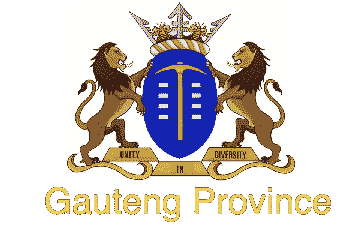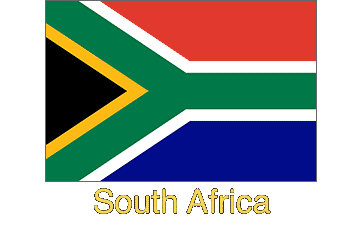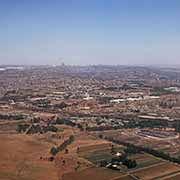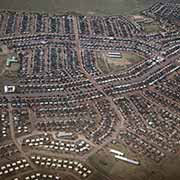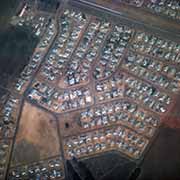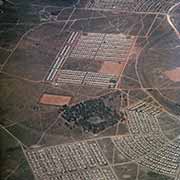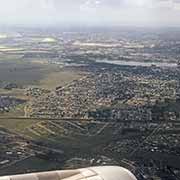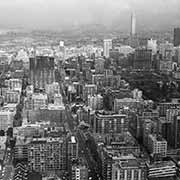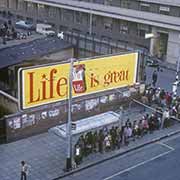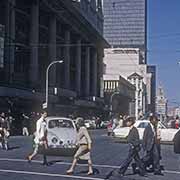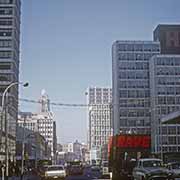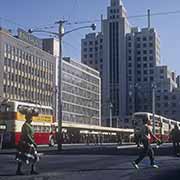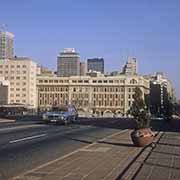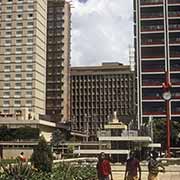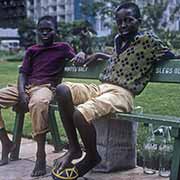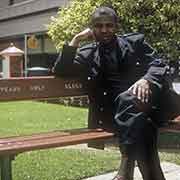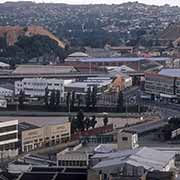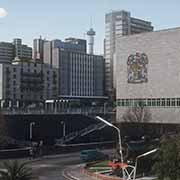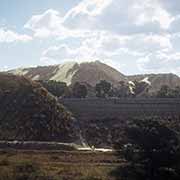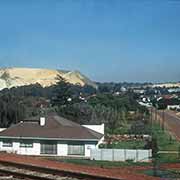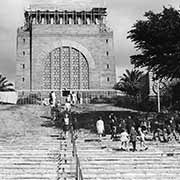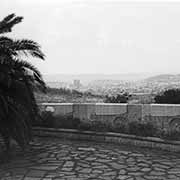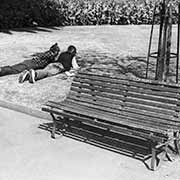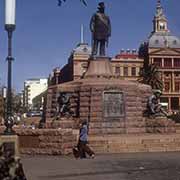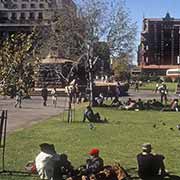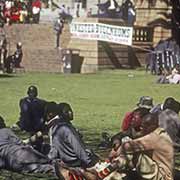Photos of Gauteng, the smallest but wealthiest province of South Africa
Gauteng, the smallest but wealthiest province of South Africa
The smallest of South Africa’s nine provinces is the most urbanised, containing the cities of Johannesburg and the administrative capital of Pretoria; it is home to more than a quarter of its population. It was excised from the old Transvaal Province as “Pretoria-Witwatersrand-Vereeniging” in 1994 and renamed “Gauteng” the same year. “Gauteng” derives from the word for gold in the languages of the Tswana and Sotho peoples. They called Johannesburg and its surrounds by this name after the discovery of gold in 1886 and the following gold rush. The Afrikaners called the range where large quantities of gold were found “Witwatersrand” (‘ridge of white waters’); “Rand” for short; it became the name of the South African currency in 1961 when the republic was declared.
you may then send it as a postcard if you wish.
Johannesburg is the largest city in South Africa, with a population of over 5.6 million. It is also called “eGoli” (place of gold) by the Zulu, Swazi and Xhosa people because of the gold mines and their dumps, forming hills near the city. Jo'burg was established in 1886 after gold had been discovered on a farm in what was then the South African (or Transvaal) Republic. The following gold rush caused the population to grow to 100,000 within ten years.
Around the city, separate townships (“locations”) were established during the Apartheid years to house black Africans who worked in the mine or in the city, where they were not allowed to remain after dark (‘White by night’). Soweto (an acronym meaning “South West Townships”) was an extensive collection of these settlements on the outskirts of Johannesburg for African workers - whites were not allowed. It was considered a separate city in those days. There was also a particular area for people of Indian descent, Lenasia.
Pretoria is the executive capital of South Africa, founded in 1855 by Marthinus Pretorius. He was a leader of the “Voortrekkers”, the Dutch-speaking Boers who had trekked north with their wagon trains to be free of British rule. He named the town after his father, Andries Pretorius, who had defeated the Zulus in the Battle of Blood River in 1838 and negotiated with the British for the independence of the Transvaal. It became the capital of the South African Republic on 1 May 1860 after the United Kingdom recognised its independence.
Pretoria has a population of almost 742,000, with the majority Afrikaner-speaking whites, and is an attractive city with diverse architecture, including 19th-century Dutch and British colonial buildings. The Afrikaner heritage includes the massive Voortrekker Monument on a hilltop just south of the town and a statue of Paul Kruger, the last president of the old Transvaal (South African Republic), on Church Square in front of the Old Council Hall that was the Parliament during his government.
